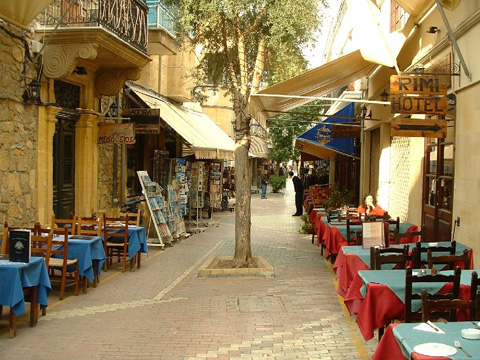ABOUT NICOSIA
GENERAL
Nicosia is a sophisticated and cosmopolitan city, rich in history and culture that combines its historic past with the amenities of a modern city. Nicosia has established itself as the island’s financial capital and its main international business centre. The ‘new’ Nicosia developed outside the walls became a contemporary, business and cultural center. Just a few miles away are enchanting places of interest such as Byzantine churches and monasteries, archaeological sites and charming villages. The uniqueness of such a combination makes the capital of Cyprus a place worth knowing and certainly a place worth visiting!
HISTORY
Nicosia is the capital of Cyprus; a status it has enjoyed for 1000 years since the 10th century, though its beginnings date back 5000 years to the Bronze Age. It lies roughly in the centre of the island in the Mesaoria Plain, flanked by the beautiful northern range of Kyrenia Mountains with its distinctive ‘Pentadaktylos’ – the five finger mountain. There are various suggestions as to the origin of the name Nicosia – or ‘Lefkosia’ In Greek – but the most likely one is linked to the popular tree, the tall ‘Lefki ‘ which once adorned the city.
Based in Nicosia are the Government head offices, Diplomatic headquarters and the cultural centre of Cyprus. The capital presents two distinct faces: the old, original part of the city, surrounded by sturdy Venetian walls built in 1570, and a busy modern metropolis which has a population of nearly 300,000, together with the suburbs.
Within the large area, encircled by the strong bastion walls that served to protect the town for centuries, are many places of great historic interest.
The central Eleftheria Square links old Nicosia with the elegant modern city that has flourished outside the walls, where hotels, offices restaurants and gardens blend happily with the fine old houses and colonial buildings of this cosmopolitan city.






